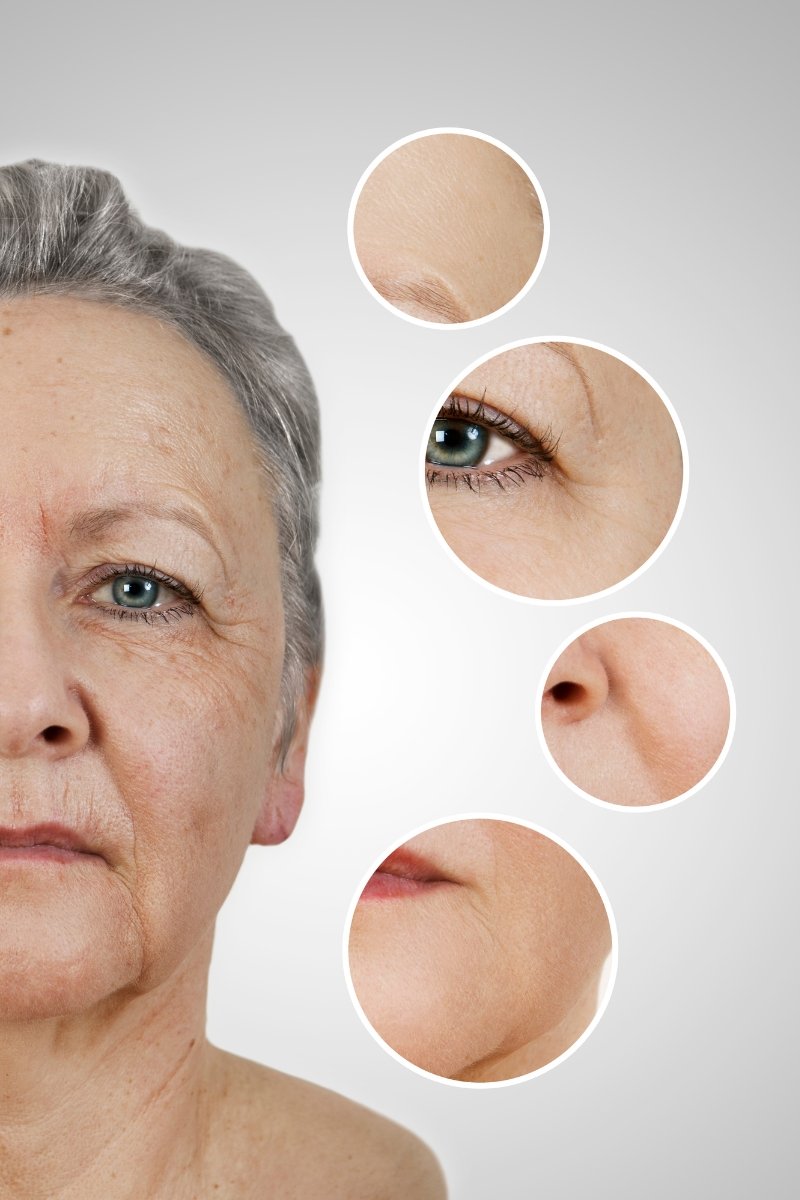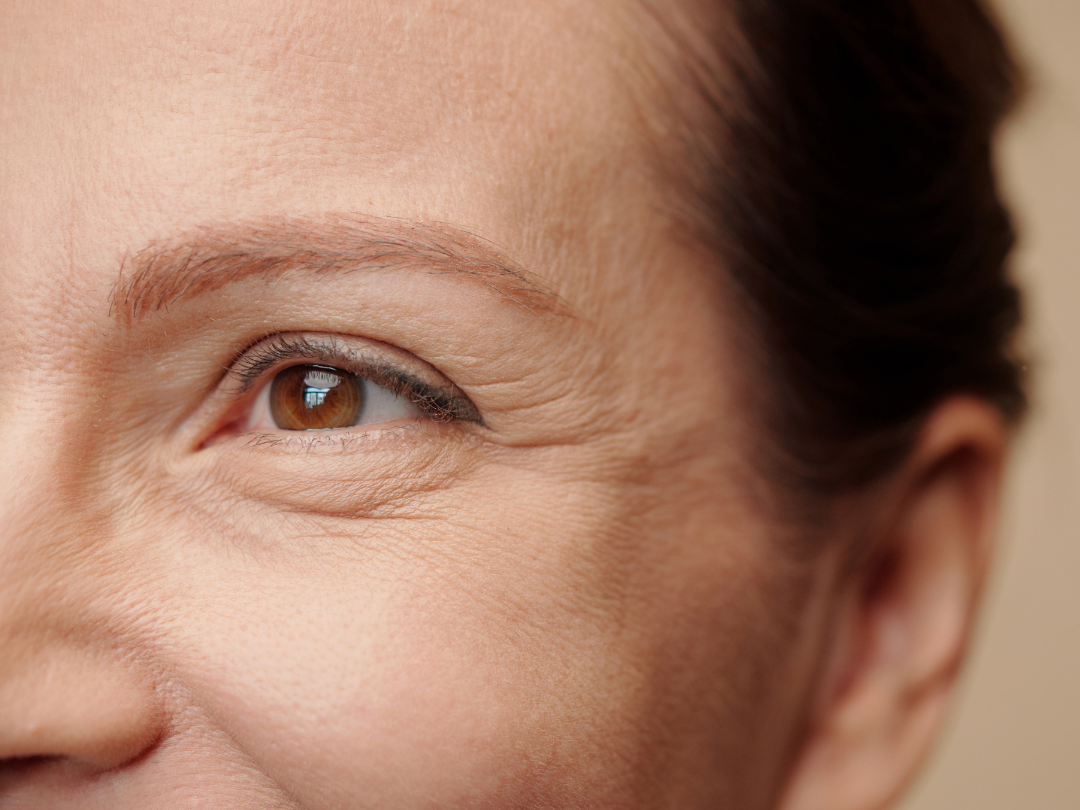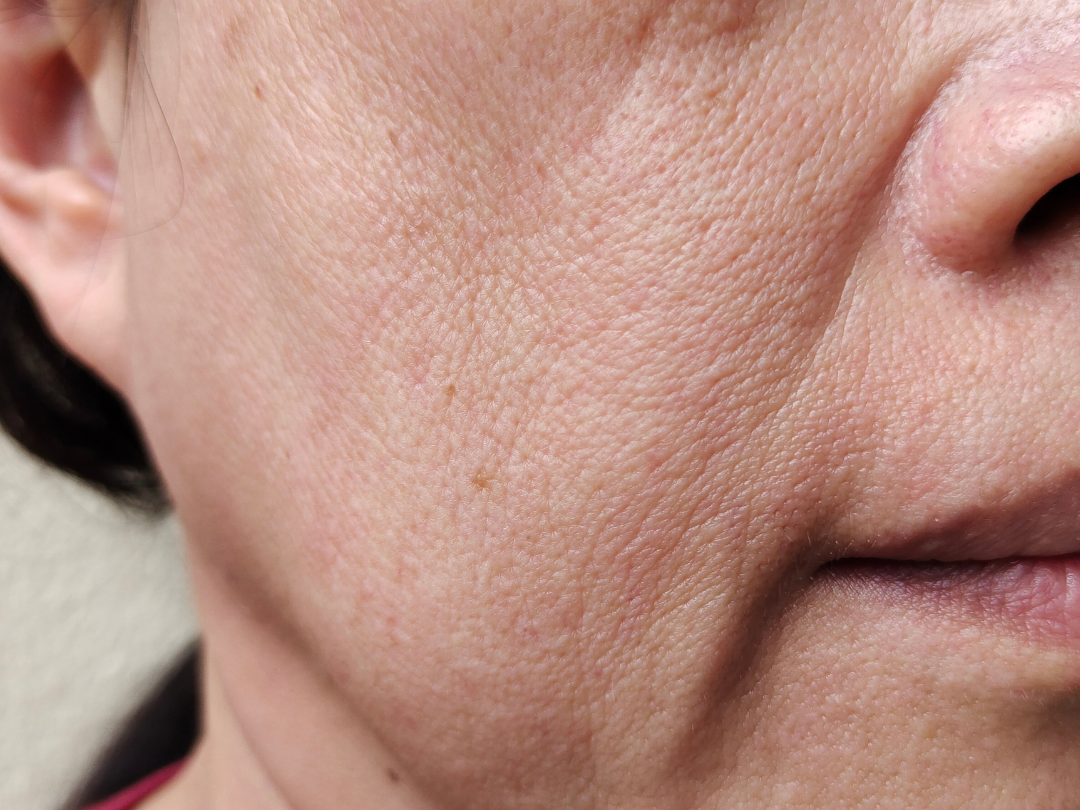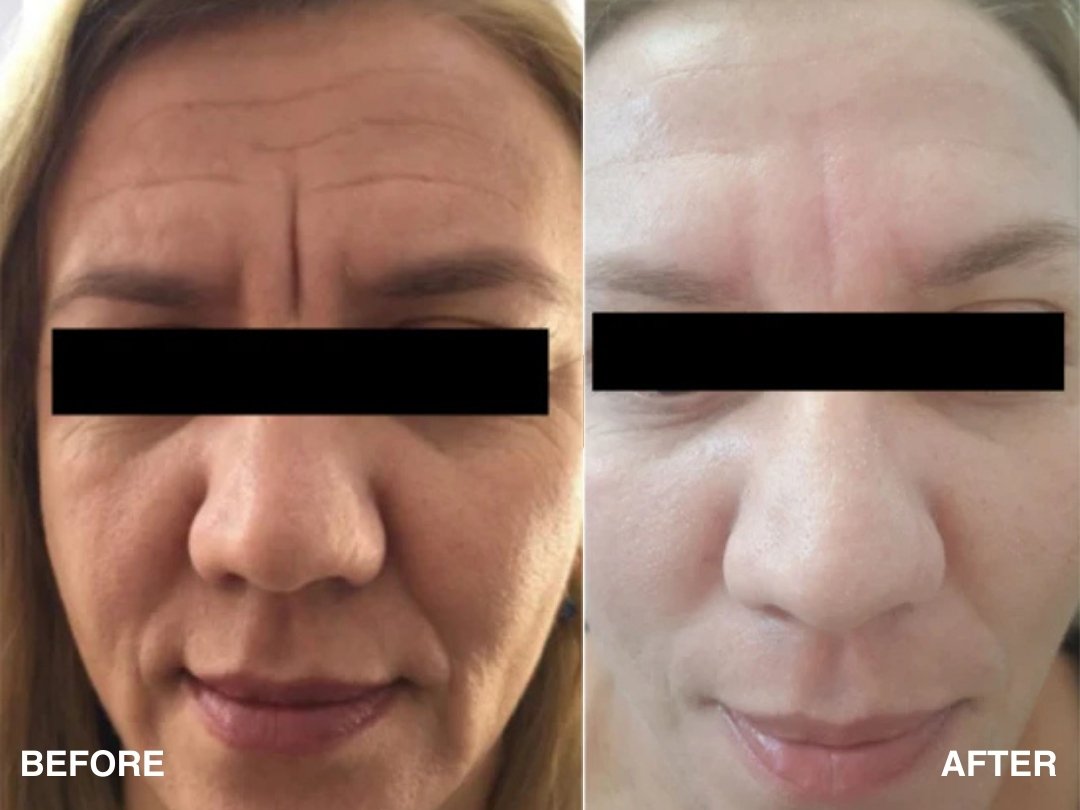Nano fat grafting
Nano Fat Transfer and Stem Cells Facelift
Nanofat and stem cell facial rejuvenation offers a revolutionary approach to facial enhancement by utilising your body’s own adipose tissue and its naturally occurring stem cells. This advanced fat grafting procedure delivers a powerful yet natural-looking rejuvenation effect, helping you achieve a more youthful and refreshed appearance.
Understanding Nano Fat Grafting
Nano fat transfer is a specialised form of autologous fat grafting that processes harvested fat into an ultra-refined state. This technique creates an injectable substance with regenerative properties, ideal for treating delicate areas and addressing fine details of facial aesthetics.
The adipose tissue contains valuable regenerative elements – particularly stem cells and growth factors – which, when transferred to facial areas, can activate natural rejuvenation processes within your skin. This technique can improve your overall facial appearance by diminishing fine lines and wrinkles while enhancing skin tone, texture, and elasticity.
This innovative application of stem cells represents a cutting-edge development in the expanding field of regenerative medicine, which is increasingly being incorporated into both general healthcare and aesthetic treatments.

Scientific Basis and Mechanism of Action
During this procedure, adipose cells are harvested from subcutaneous fat deposits in areas such as your abdomen, thighs, or buttocks, which serve as donor sites. Through specialised processing techniques, these harvested fat cells undergo purification, emulsification, and filtration to produce nanofat particles with concentrated stem cell content.
What makes nanofat particularly effective is its rich composition of adipose-derived stromal vascular fraction, which contains valuable mesenchymal stem cells and growth factors. These mesenchymal stem cells play a crucial role in generating bone, cartilage, adipose tissue, and other soft tissues, making them essential for wound healing and repairing damaged or scarred areas. They function as fundamental cellular components that facilitate the creation of new, healthy tissue.
When carefully injected or grafted into the deeper dermal layers of facial tissue, nanofat not only helps regenerate cells but also restores volume and structural integrity. Due to its fluid consistency, unlike traditional fat transfer methods, nanofat can be precisely applied to rejuvenate sensitive areas including the eye region and tear troughs.
The Evolution of Technology
Traditional techniques have evolved significantly, leading to the development of nano fat grafting. This refinement allows for precise treatment of areas previously challenging to address with conventional methods, including:
- Periorbital region and tear troughs
- Fine facial lines and wrinkles
- Areas with minimal soft tissue coverage
- Superficial skin texture concerns
- Perioral region enhancement
- Facial skin rejuvenation
Alternative Names for the Nano Fat Transfer
This advanced treatment is known by several terms in aesthetic medicine:
- Nano fat grafting
- Micro-lipo injection
- Facial fat rejuvenation
- Autologous fat grafting
- Fat injection
Clinical Applications - Primary Treatment Areas

Periorbital Region
- Under-eye hollows
- Tear trough deformities
- Upper eyelid volume restoration

Facial Rejuvenation
- Fine lines and wrinkles
- Skin texture improvement
- Volume restoration in thin-skinned areas

Specialised Applications
- Scar revision
- Hand rejuvenation
- Neck and décolletage enhancement
Treatment Protocol
The nano fat transfer procedure follows a carefully structured protocol designed to optimize results while ensuring patient safety and comfort.
Harvesting
The process begins with the harvesting phase, during which fat is carefully extracted from selected donor sites. These sites are chosen based on their accessibility and the quality of fat tissue present. Specialised harvesting techniques are employed to minimise trauma to the tissue, ensuring the highest possible quality of harvested fat cells.
Processing
Following harvest, the processing phase transforms the collected fat into its nano form. This crucial step involves mechanical emulsification of the harvested fat tissue, followed by a meticulous filtration and refinement process. The resulting preparation achieves the ideal consistency for precise injection and optimal tissue integration. This refined product contains the concentrated regenerative elements necessary for successful treatment.
Injection
The administration phase requires extensive expertise to ensure proper placement and distribution of the processed fat. Nano fat grafting involves strategic injection placement at various tissue depths, creating a multi-level integration that promotes natural-looking results. Each treatment is customised according to the patient’s specific needs and aesthetic goals, following a detailed treatment map developed during the initial consultation.
Recovery
The post-procedure recovery period is relatively straightforward, typically involving minimal downtime of 24-72 hours. Patients can expect a graduated return to normal activities, following specific aftercare protocols designed to optimise treatment outcomes. These protocols are customised based on the treatment areas and extent of the procedure, ensuring optimal healing and long-term results.
Ideal Candidates
Optimal candidates for nano fat transfer typically present with:
- Good overall health status
- Realistic treatment expectations
- Stable body weight
- Adequate donor fat availability
- Specific aesthetic concerns amenable to treatment

Schedule Your Consultation Today
At our clinic, we understand that achieving natural-looking rejuvenation requires both advanced techniques and personalised treatment plans.
We take pride in offering this cutting-edge treatment as part of our commitment to providing effective, minimally invasive solutions that work with your body's natural processes rather than against them.
